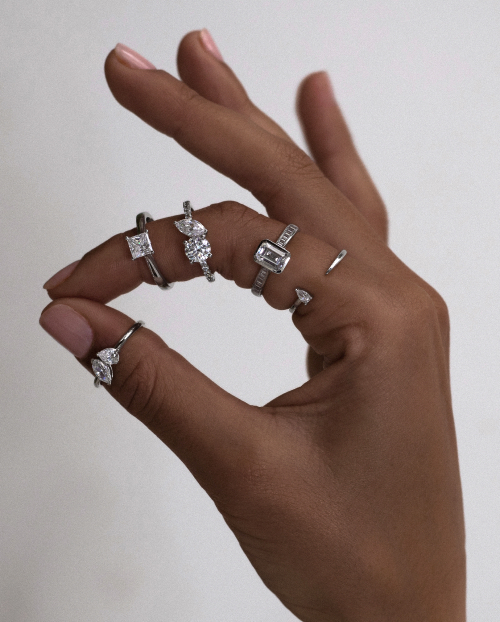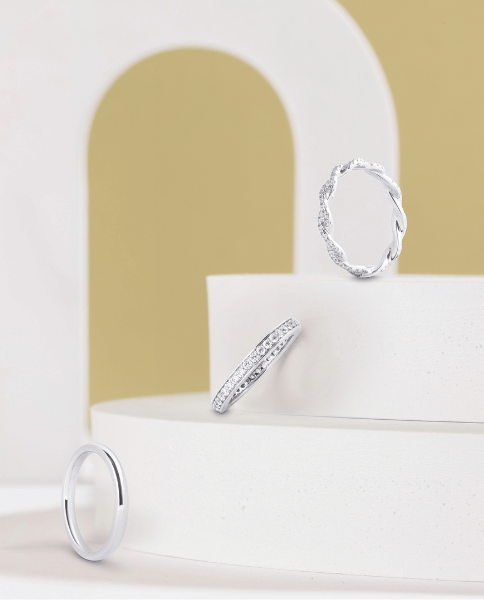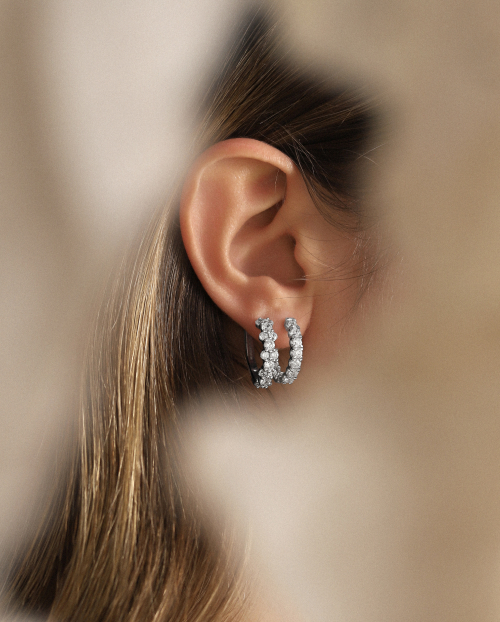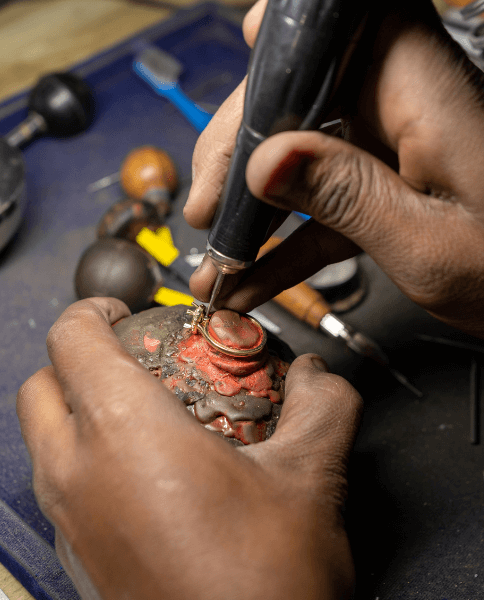Elevate your everyday with a lab grown diamond ring from Sacet. Whether you’re looking for a delicat...
Lab Grown Diamond Jewellery > Lab Grown Diamond BraceletsWhether you’re looking for a fine jewellery gift for a special occasion or a diamond bracelet to com...
Lab Grown Diamond Jewellery > Lab Grown Diamond Pendant NecklaceA fine jewellery gift that anyone can be proud to wear, our lab grown diamond pendants will elevate ...
Lab Grown Diamond Rings > Lab Grown Diamond Wedding RingsDiscover our collection of contemporary, consciously crafted lab grown diamond wedding rings for men...
Lab Grown Diamond Jewellery > Lab Grown Diamond EarringsLooking to build your earrings collection and curate the perfect stack? From statement hoops to deli...
















































